HRMT20024 Assessment 1: Motivation, Rewards, and Compensation
VerifiedAdded on 2023/06/08
|7
|499
|77
Presentation
AI Summary
This presentation analyzes two academic articles related to motivation, rewards, and compensation in the context of Human Resource Management (HRM). The first article by De Spiegelaere, Van Gyes, and Van Hootegem (2016) examines the impact of performance-related pay on employee motivation, using a survey-based method across various industrial sectors. The findings suggest that performance-related pay can minimize the effects of intrinsic motivators. The second article by Johnson and Ng (2016) explores the effects of financial compensation on employee engagement within non-profit organizations, utilizing electronic survey data. The study reveals that low wages contribute to high employee turnover in the non-profit sector, with education level being a significant factor. Both articles contribute to understanding the motivational impacts of rewards and compensation on employees, highlighting the complexities of designing effective HRM strategies. The presentation aims to provide a critical understanding of future trends in HRM within the context of current academic literature, as required for HRMT20024 Assessment 1.
1 out of 7

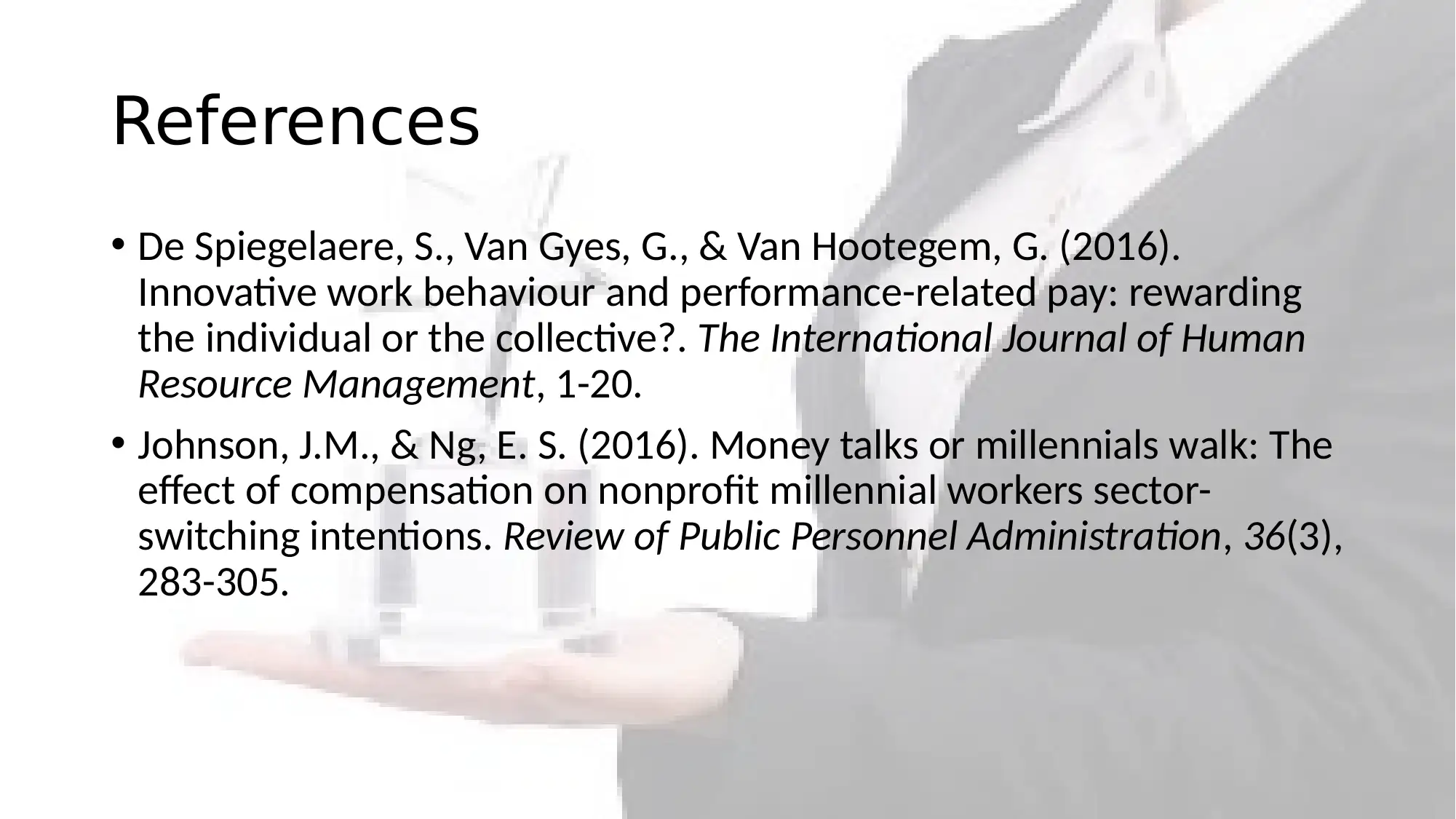
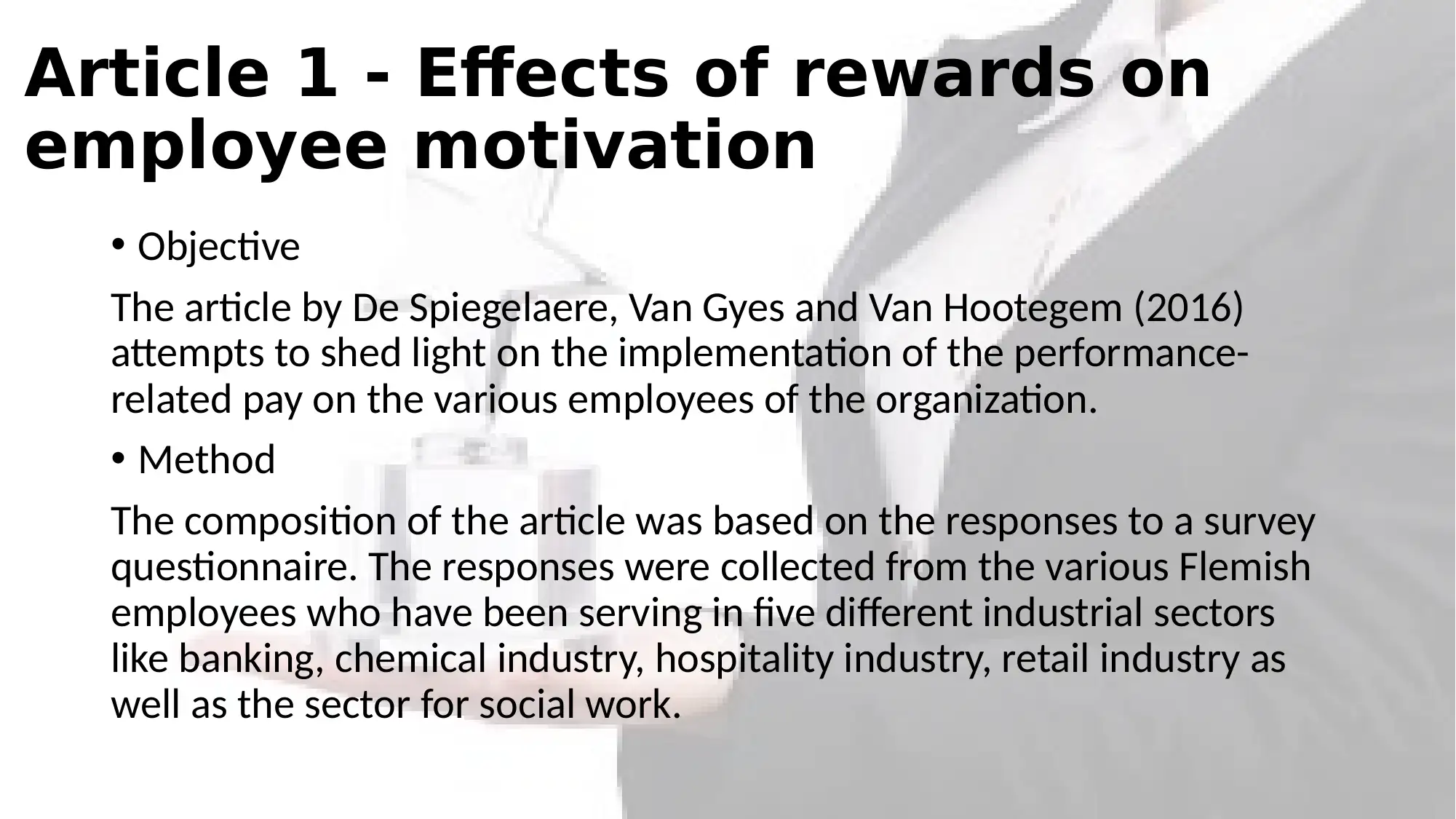

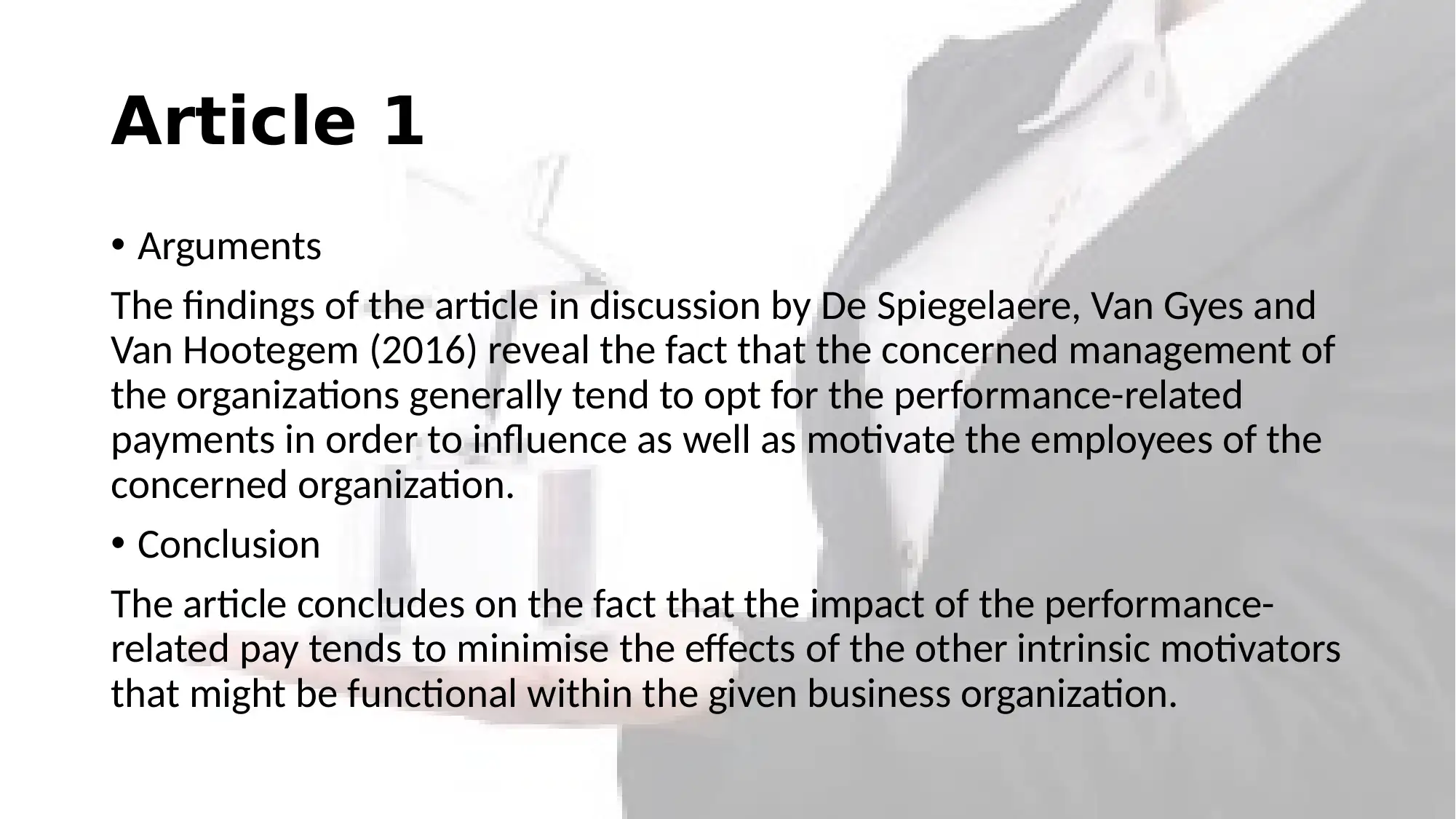
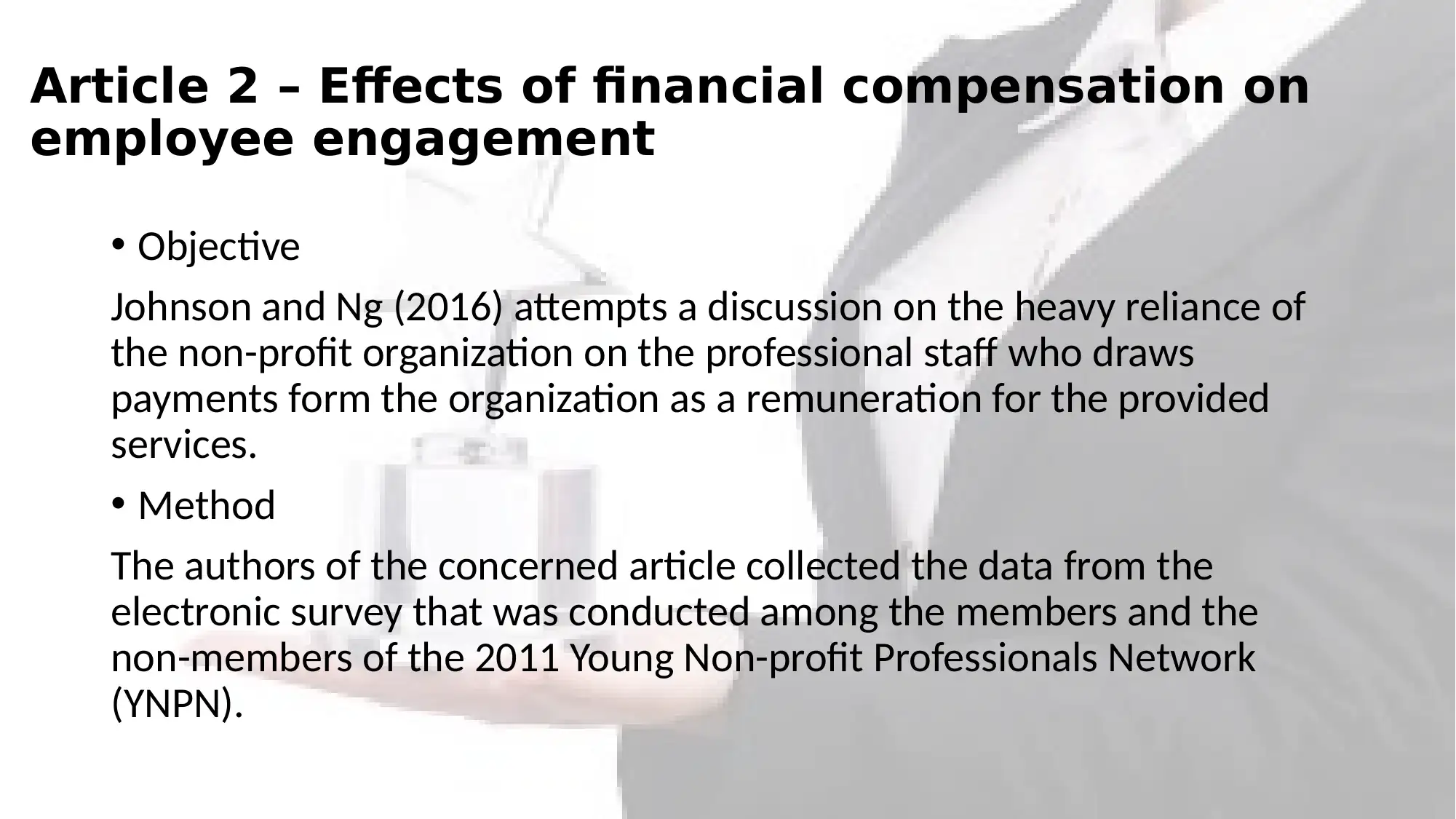
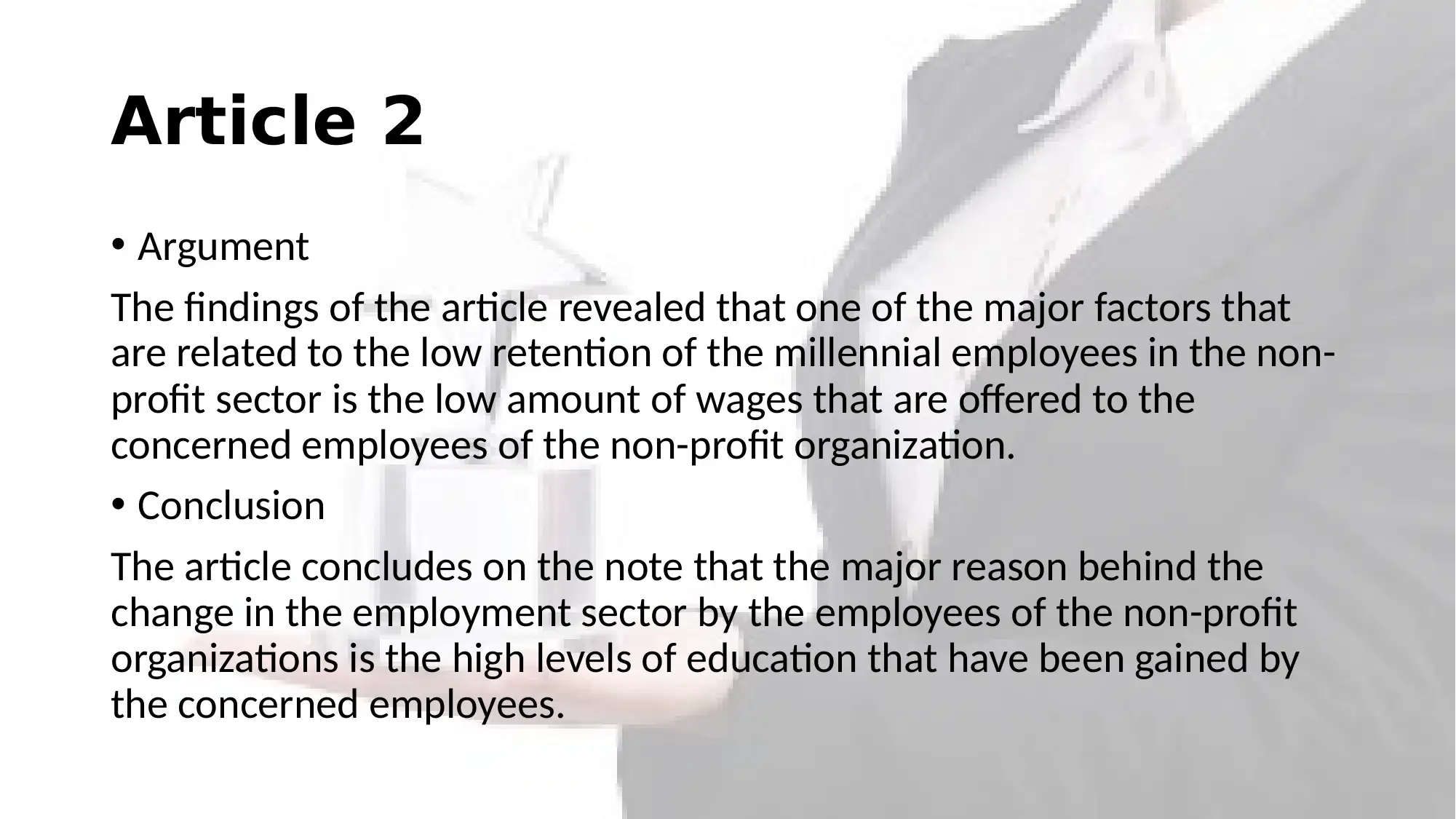
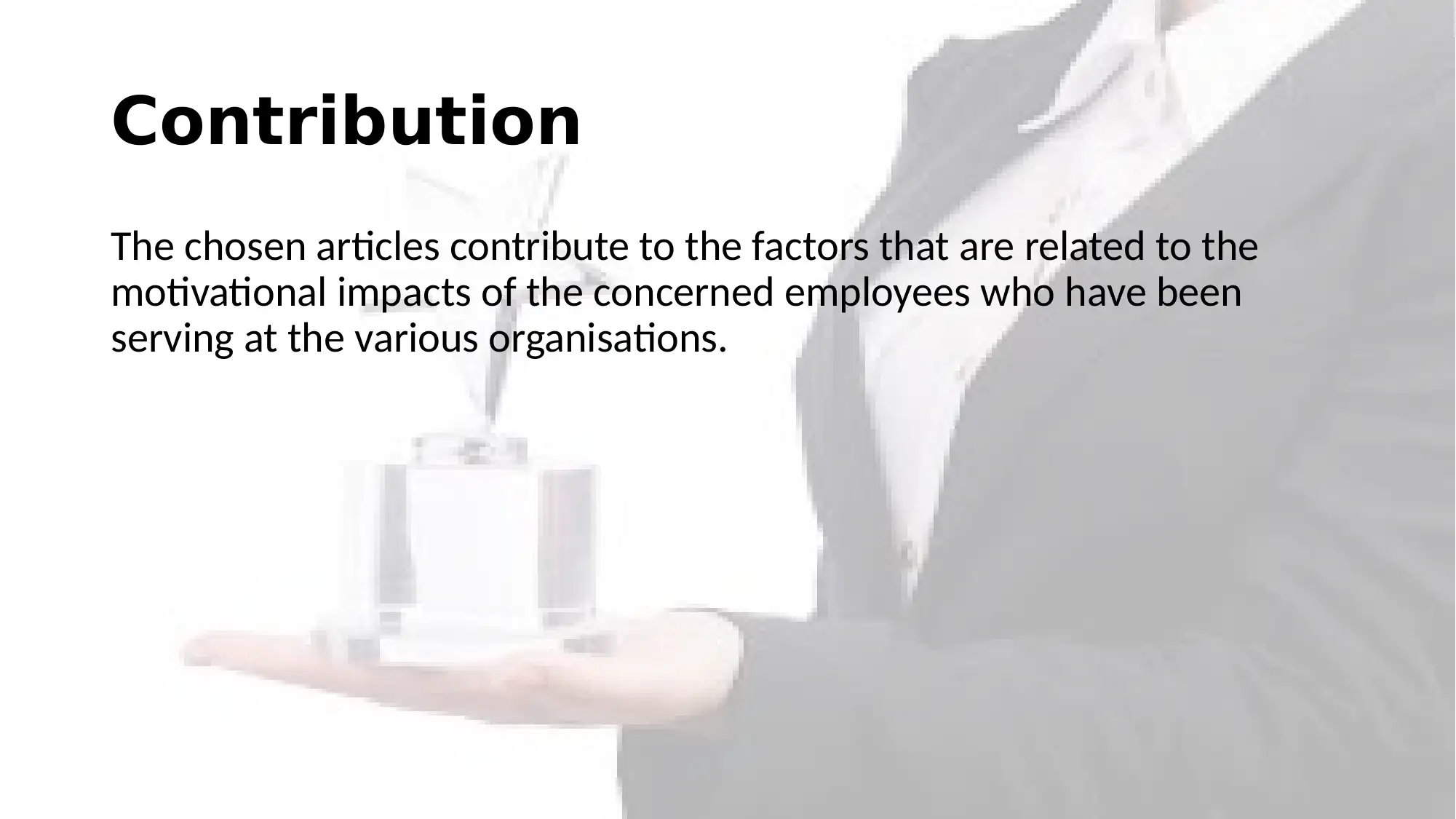
![[object Object]](/_next/static/media/star-bottom.7253800d.svg)